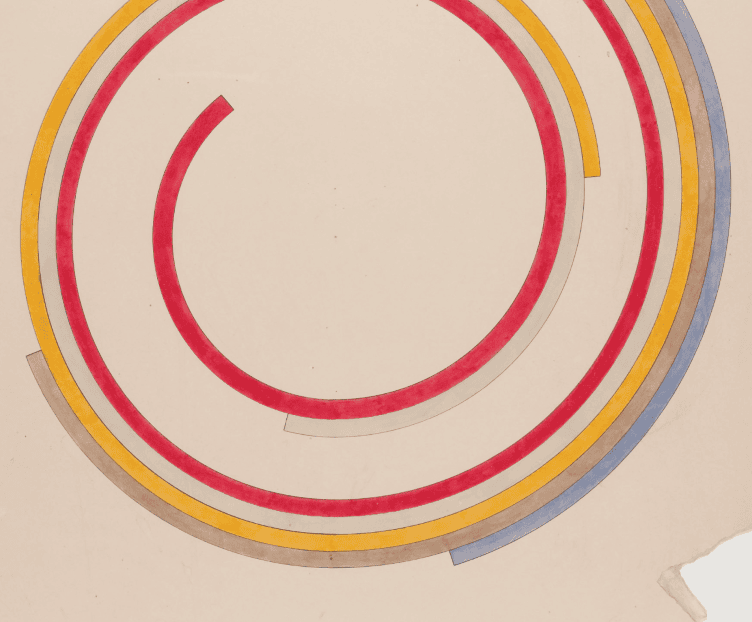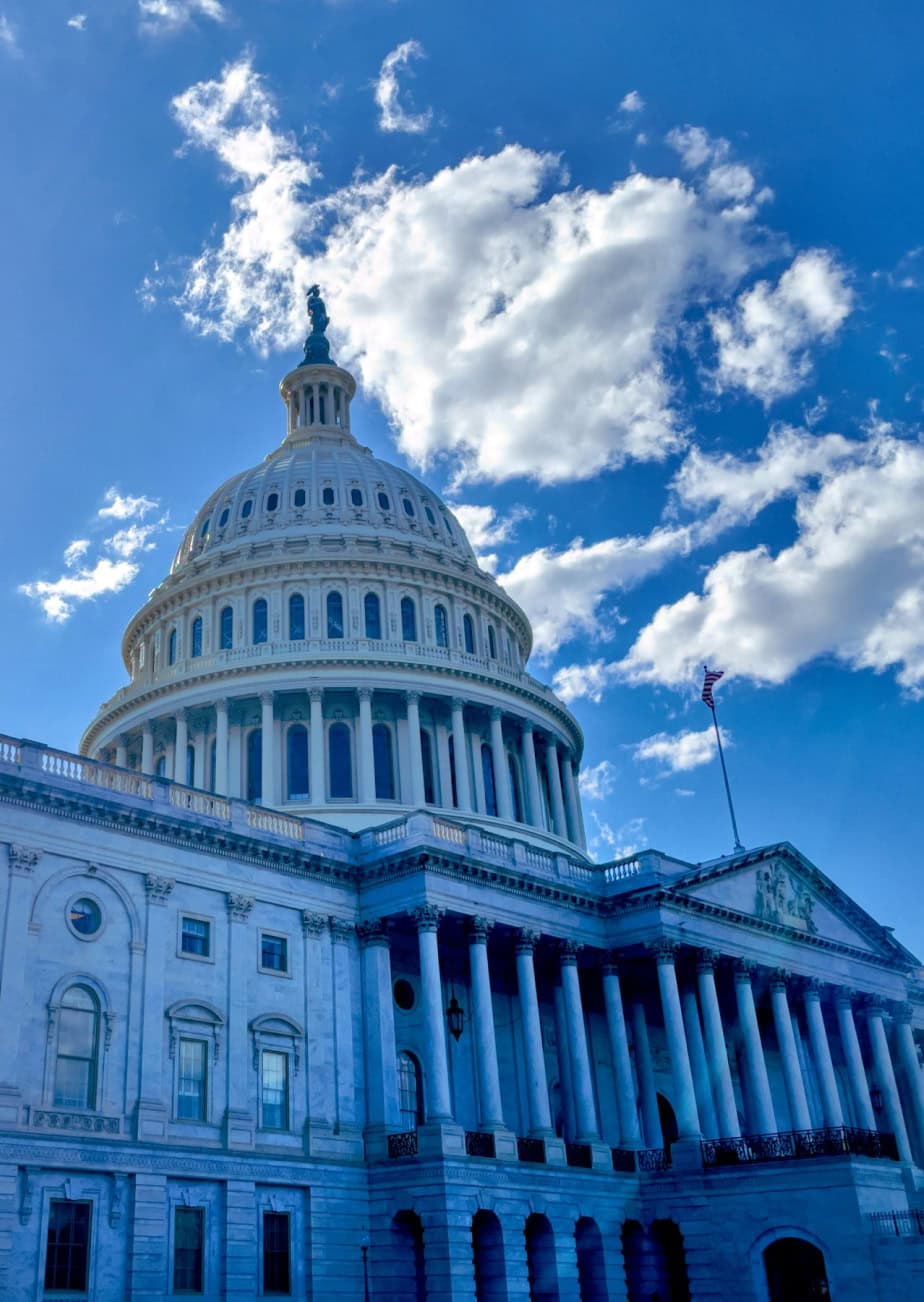This resource was developed in 2004 as part of “The Conquest of Mexico” by Nancy Fitch.
The purpose of this project is to help students develop critical thinking skills while learning how historians ask and answer questions. Since I usually teach the second half of the world civilization survey, the topic of the conquest of Mexico is among the first subjects we study. I have also typically taught large sections of the class, which has limited my ability to experiment with pedagogies, although I am in the process of reworking the format of my class for that purpose now. Consequently, I have used this project as an entry project that students will complete by the third or fourth week of class. It is useful to work through some of the questions for students on at least one of the documents in class or to take an altogether different document for class analysis and then let students develop their projects on their own.
By using the project this way, we are developing an “inquiry-based” approach to history, where students learn how historians ask and answer questions before they work with what’s found in textbooks. The hope is that after completing this project, they will understand that what they are reading is interpretation, not unambiguous “facts.” The Mexican materials are especially good for this purpose since even textbooks cannot agree on “common facts.”I have put together a short collection of excerpts from commonly used textbooks that cover the conquest of Mexico. It could be useful to have students examine what each of them say, prepare lists of where they agree and disagree, and discuss which one they think is correct and why. After they have finished their projects, they should then reevaluate their earlier conclusions and explain how the primary sources led them to change their minds (if they did). Students should quickly realize that there are factual errors in some of the textbooks, serious omissions in others.
The material also lends itself to possible collaborative work. Students could be put into groups that are assigned roles. Groups could include: (1) the Spanish conquerors, (2) the Mexicas, (3) the Tlaxcalans, (4) Malinche, (5) Pedro de Alvarado, (6) Moctezuma, (7) the Cuban Governor and his men, (8) Charles V and his advisors, and (9) Spanish friars determined either to convert the Nahuas or understand their culture. The groups could debate among themselves and then negotiate with the other groups. The end could be a paper interpreting the documents from the relevant point of view.
These documents could be used in other ways as well. What is important to remember is that this project is question driven and all of the sources included in it are questionable and open to multiple interpretations.
Historical Thinking Skills
1. Chronological Thinking
Chronological thinking is at the heart of historical reasoning. Students should be able to distinguish between past, present, and future time. Students should be able to identify how events take place over time. Students should be able to use chronology in writing their own histories. Students should be able to interpret data presented in time lines. Students should be able to analyze patterns of historical duration or continuity as well as to recognize historical change. Finally, students should begin to understand how the periodization of history is culturally constructed. Europeans tend to see historical change and periodization as a gradual move toward modernity and divide history into the history of the Ancient World, the Medieval (or Middle) period, the Early Modern Period (we’re no longer middle but we haven’t gotten into modernity yet), the Modern Period, and the Contemporary Period (generally history in the post-World War II period). Moreover, our current system of dating events depends upon a Christian conception of time even though historians now believe Jesus was alive at the time A.D. begins. B.C. means “before Christ.” AD means “Anno Domini,” or after the birth of our lord. Historians now are more likely to name these two patterns of dating B.C.E. (“before the common era”) and C.E. (“after the common era”) to secularize periodization. Other civilizations, including the Nahuas, understood history quite differently and understood time in a more cyclical way. Their history and sense of time, too, was culturally constructed. Their notion of time contributed to the Mexica understanding of their history. The Toltecs, who dominated ancient Mexico from the city of Tula long before the Mexicas took power, worshipped Quetzalcoatl, an ancient god of the sky and wind. According to oral traditions, an ancient Toltec ruler, Topiltzin, became merged with the god. After a battle, Toplitzin/Quetzalcoatl left or was forced out of Tula. The Mexicas subsequently embraced Topiltzin/Quetzalcoatl to persuade others that they were the legitimate successors of the Toltecs, and they constructed a temple to the god in Tenochtitlan. Legend taught that Quetzalcoatl would return to reclaim his title. Adding to the legend, Quetzalcoatl was born in the year Ce Acatl one-Reed and left in the year one-Reed. This corresponded to fifty-two years, which would be one cycle in the Mexica calendar. According to sources, Cortés appeared in what would have been one-Reed in the Mexica calendar, hence the reason why Moctezuma might have assumed that Cortés was Topiltzin/Quetzalcoatl. This makes a good story, but there is no way to know if this story was constructed before or after the conquest. What is important to understand is how much our history and construction of time contribute to our understanding of ourselves and how this understanding shapes our actions in the present world. Other great civilizations had their own periodization, and even European historians argue with each other about how history should be divided up chronologically. As you do the assigned reading in the textbook, you should think about how its authors have organized historical eras. Can you think of different ways they might have ordered events? Many of your study questions are designed to stimulate chronological thinking and an understanding of how things changed over time.
2. Historical Comprehension
Historical comprehension involves reading creatively, so that you can imagine yourself in the roles of the men and women you study. It is difficult to believe today that Europeans were willing to take almost any action necessary in order to obtain cheaper pepper in 1492. To understand their motivations, you need to understand the historical context within which events like the “Age of Exploration” unfolded. While this may seem simple enough, the process of avoiding “present-day” thinking and understanding the context of an event involves many higher order thinking skills. In reading any historical passage, you should be able to identify who was involved in the action, what happened, where it happened, and what events led to the action, and what consequences or outcomes followed the action. A simple way of thinking about this process is to envision yourself engaging in an “into, through, and beyond” approach to history. You want to understand the factors that got you into an event, how the event transpired (the through), and what happened as a consequence of the event. In the Columbus example, there were multiple factors inducing him to sail across the ocean blue (but, yes, obtaining cheaper pepper was one of them). This would be the “into” part or the “context” of his action. The action involved several trips back and forth across the Atlantic Ocean and some deadly and not so deadly cultural encounters. This would be the “through” part of understanding the action. The “beyond” or consequences of his action involved the transformation of the Americas, dramatic demographic or population transformations (high mortality rates and large migrations, some of it forced), the ruin of Africa, and the emerging hegemony of Europeans over global markets. This, in turn, would have long term impacts on the Ottoman Empire, India, China, and Southeast Asia as well.
Other historical comprehension skills involve being able to identify central questions in historical writing and to come to some conclusions about the purpose, perspective, or point of view from which they have been constructed. The project on the Conquest of Mexico is designed to develop this skill. Cortés saw a need to make himself the sole conqueror of the Mexicas, so there is little mention of any assistance in his letters. He crafted himself into the lone hero. Bernal Díaz del Castillo wanted to impress the Spaniards with the conqueror’s accomplishments. He emphasized the difficulty of the conquest and how clever Cortés was in forging alliances with indigenous populations hostile to the Mexicas. He also recognized the role of Doña Marina, the Indian woman given to Cortés, who became his mistress and translator. He did not believe that Mexico could have been conquered without her, and, in general, viewed the conquest as a group effort. Nahuatl sources describing the Mexica version of the conquest also make Doña Marina much more central to the story than Cortés did. But they had an intention for making their argument, too: it was useful to tell the story of their great defeat as a heroic struggle that was lost only because of the treason of one of their own, a woman. When reading these various accounts of the conquest, you need to understand where these various perspectives have shaped interpretations of the same event. Historical comprehension also involves understanding the humanity (or sometimes lack of it) of main characters: what were their probable motives, hopes, fears, strengths, and weaknesses.
Finally, historical comprehension involves using data presented in many different forms: maps, visual and numerical data, and visual, literary, and musical sources including: (a) photographs, paintings, cartoons, and architectural drawings; (b) novels, poetry, and plays; and (c) folk, popular and classical music. Understanding geographical information will explain a lot about how the ancient world developed. This understanding will also help to contextualize history and the significance of many developments, like the railroads and steamships, which made it possible for Europeans to penetrate African and Chinese interiors in the nineteenth century. The fact that only around 300,000 slaves were brought to the United States in the eighteenth century, whereas more than 6,000,000 slaves were brought to Brazil in the same period leads one to compare the operation and effects of slavery in the two areas that could explain the difference.
3. Historical Analysis and Interpretation
Our society and educational system has taught you (and much of the world’s population) that there is only one right answer or one right historical interpretation. This idea is reinforced by the use of textbooks, which tend to present history as a “succession of facts marching to a settled outcome.” It is difficult to learn history without such books, but they, nonetheless, give a misleading sense of what history is and almost prevent the acquisition of historical thinking skills. For this reason, I have tried to develop projects that incorporate historical thinking skills. In fact, history is never as self-evident as it is presented in textbooks. If you compared world history textbooks, you would find that authors disagree a lot on how to present material. Historians also disagree a lot on how facts are to be interpreted so that while “common knowledge” suggests that history is about what happened in the past, history actually consists of a dialog among writers, scholars, and the general public not only about what happened, but about how and why it happened and what its effects were. Thus, history is not just about remembering answers, it involves following and evaluating arguments and arriving at usable conclusions based on what evidence you have. The facts, themselves, are not usually what historians argue about. We know that the Japanese bombed Pearl Harbor on December 7, 1941. The controversy and debate is around what factors led the Japanese to bomb Pearl Harbor or whether or not President Roosevelt knew about it in advance. In answering the first question, one can look at both “short-term” and “long-term” causes. The “short-term” causes were the immediate factors behind the attack, Japanese isolation, their fear of running out of oil, their frustrations with American demands that they pull their troops out of China. “Long-term” causes might consider the Japanese desire to construct an “Asia for the Asians,” which essentially meant an Asia for the Japanese. The Japanese wanted to be recognized as a great imperial power like the United States and the European colonial powers, and were constantly frustrated by the way in which the U.S. and Europe failed to acknowledge what they believed to be their “manifest destiny” (that is, to control China and Southeast Asia). Even when one examines, “long-term” causes, one should remember that there was nothing inevitable about the bombing of Pearl Harbor (or any other historical event). History might have turned out much differently if the US had not moved some of its aircraft carriers (unbeknownst to the Japanese) before the bombing, which allowed them to survive the attack and continue to threaten the Japanese navy.
In short, to be able to engage in historical analysis and interpretation, you should be able to identify the author or source of a piece of evidence and assess its credibility. You should be able to compare and contrast different sets of ideas, values, personalities, behaviors, and institutions. You should be able to differentiate between historical facts and historical interpretations. You should be able to understand that multiple perspectives of the past are possible, even though history is often written from the point of view of winners. You should be able to analyze “cause-and-effect relationships,” understanding that many events probably have multiple causes. In analyzing “cause-and-effect relationships,” you should try to differentiate what happened because of individual action, cultural factors, or pure chance. You should understand that all historical interpretations are tentative and that they might be revised with the discovery of new evidence or by thinking about the problem in a new way. You should be able to evaluate major debates among historians and come to your own conclusions about them. Finally, you should be able to think about how events in the past may be shaping our present.
4. Historical Research Skills
The best way to learn about what history is, is to do or write history yourself. You should be able to formulate historical questions, obtain historical data, evaluate the data, contextualize the data, and present your history in a meaningful form. The textbook is a “secondary” source. It is a book that is based on primary source materials or other historical accounts that was written well after the event took place. If you read the section in the textbook on the conquest of Mexico, you will be reading an interpretation of that event. The authors believe that certain facts were important in allowing the Spaniards to conquer the Mexicas. They ignore other facts that they do not believe are important. “The Conquest of Mexico” page contains “primary” sources or accounts written by Cortés, Bernal Díaz del Castillo, and, in principle, the Mexicas and other Nahuas. Only Cortés’s letters were written at the time. Díaz del Castillo’s account was written many years later from his memory. The Mexica sources were written down under Spanish supervision many years after the event. In evaluating the “primary” sources, you should think about who produced the account? when? how? and why? You should think about what is the evidence of its authenticity, authority, and credibility? What does it tell you about the point of view, background, or interests of its author or creator? What else is necessary to construct a useful story, explanation, or interpretation based on the sources. How might you revise what is written in the textbook from what you now know (or do you think the textbook interpretation is just fine)? One thing that is especially clear in the case of the “Conquest of Mexico” is how little can be said for sure about any of it. It is one of the most significant turning points in world history, but all of the main characters had a point of view that shaped their visions of events. This is the stuff historians have to work with, materials that are often full of gaps, contradictory, and messy. Yet for over a thousand years, men and women have struggled with this kind of evidence in imaginative ways to fill in the gaps and craft interpretations that help us to explain our own past.
5. Historical Issues: Analysis and Decision-Making
History has been integrally related to political and economic decision-making for centuries. Our sense of our past in some ways shapes our sense of identity today. This is why it is so easy to argue about what history is the “right” history. Many individuals believe that we should not teach American students about some of the controversial problems in our country’s past (slavery, destroying the lives of Native Americans, the treatment of late nineteenth and early twentieth century immigrants from Japan, China, and Mexico, the internment of Japanese Americans during World War II, the use of atomic weapons, and so forth). Other individuals find greater inclusivity in history to be liberating. What is important is to be able to identify issues and problems in the past and to analyze the interests, values, perspectives, and points of view of all of those involved. One should examine the events of the past and think about what led up to them. What might have been done differently to resolve problems? What alternative actions might have been taken? What can we learn about how people made decisions to do the things they did? To answer these questions, you should be able to evaluate the implementation of a decision by analyzing the interests it served, by estimating the position, power, and priorities of each actor involved; by assessing the ethical dimensions of the decision; and by evaluating its costs and benefits from a variety of perspectives.


